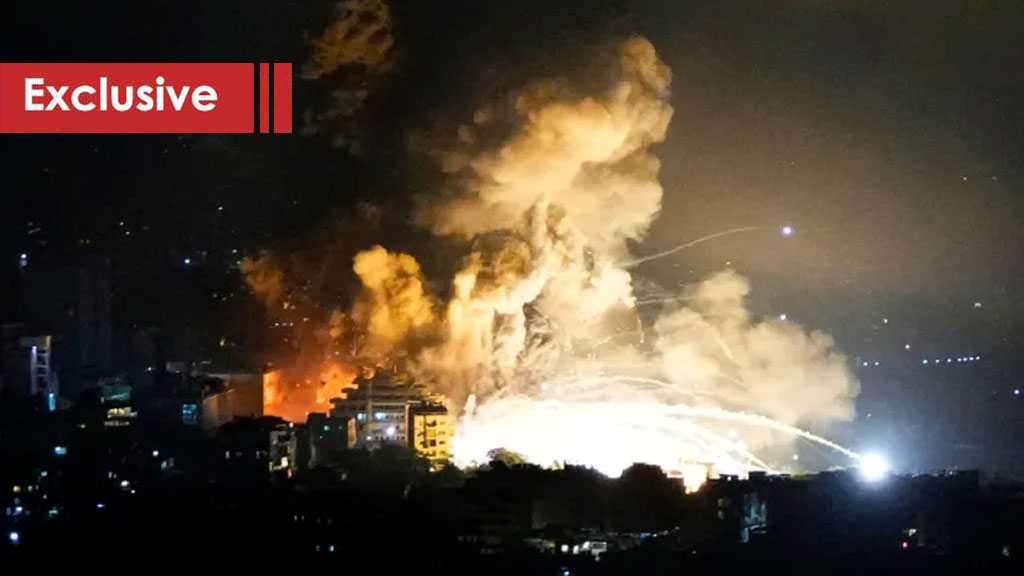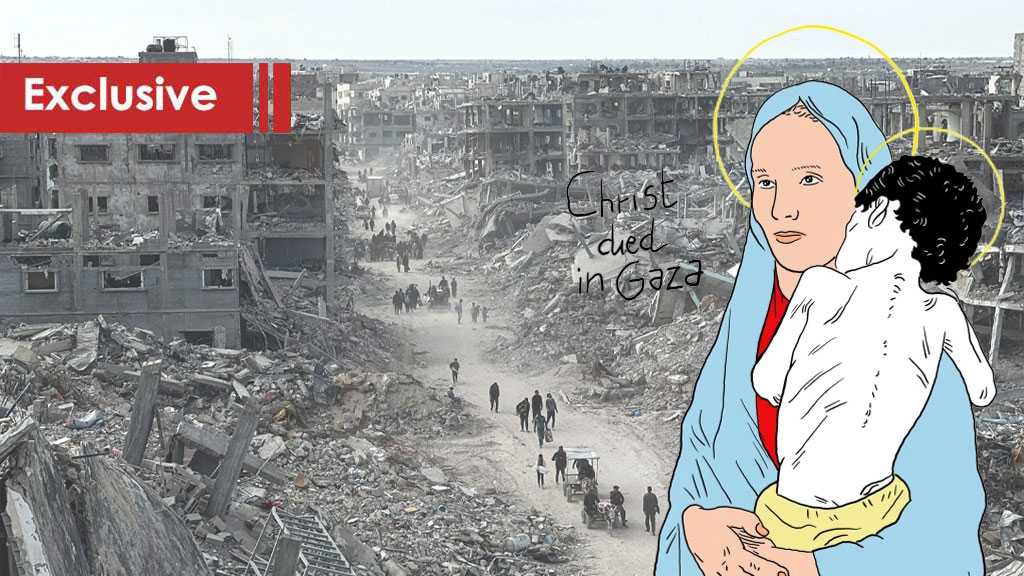Will “Israel” Survive Until 2040?

By Mohamad Hammoud
Based on Aluf Benn's June 9, 2025, “Haaretz” essay—published just days before the eruption of the “Israeli” war on Iran.
A Prophetic Warning
In a chilling echo of Soviet dissident Andrei Amalrik's 1970 prophecy of the USSR's collapse, Aluf Benn's June 2025 Haaretz essay asks: Will “Israel” survive until 2040? Published days before “Israel’s” war on Iran, Benn's analysis draws eerie parallels between Amalrik's vision of slow decay and “Israel’s” accelerating fragmentation.
Benn weaves Iran's repeated warnings—Leader of the Islamic Revolution His Eminence Imam Sayyed Ali Khamenei famously declared in 2015 and again in 2023 that “‘Israel’ will not survive another 25 years"—with first-hand observations of deep political dysfunction, public disillusionment, and democratic erosion. But for Benn, the primary threat is not Tehran's missiles—it's Tel Aviv’s unraveling order. Even before Iran's missile barrage on June 14–16, his warning had landed: "Israel's" greatest danger comes from within.
A State Divided Against Itself
Superficially, “Israel” in 2025 appears stable: a strong shekel, low unemployment and lively public life. But Benn reveals the deeper rot—surging violent crime, political paralysis, and generational despair. Prime Minister Benjamin Netanyahu's fixation on internal conspiracies—especially his baseless claim that the October 7 Hamas operation was enabled by “Kaplanist” protestors—reveals a leader increasingly detached from reality.
Netanyahu's rhetoric has fostered polarization, pitting "Israelis" against one another. Once a democracy, the country now resembles a cult of personality, where dissent is treated as treason and governance is hollowed out by paranoia.
The Toll of Endless War
Neville Chamberlain's doomed promise of “peace in our time” finds its modern counterpart in “Israel’s” endless military campaigns. The Gaza war intensified under “Operation Gideon's Chariots” [launched May 16, 2025] has exhausted the public. Despite tactical successes, the social and economic toll is severe. Consumer spending and exports declined from 2023 to 2025, resulting in a Fitch downgrade and a millionaire exodus.
Iran's mid-June missile strikes underscored the vulnerability of “Israel’s” “home front”. Civilian deaths and damage in previously secure cities exposed the country's faltering defenses and, more importantly, its fraying internal resilience. Amalrik's warning of a "drawn-out, exhausting war" that would drain state legitimacy now feels eerily prescient.
Crumbling From Within
More than war fatigue, Benn points to systemic collapse. The judicial overhaul crisis, rising crime, and emigration—especially of young secular Jews—signal a society losing faith in its future. Wealth and investment are fleeing, while tensions between secular and religious Jews, nationalists, and liberals are growing dangerously volatile.
Benn fears “Israel” may follow Lebanon's path: a state paralyzed by sectarianism and mutual suspicion. The collapse is no longer hypothetical. It has begun.
Netanyahu's Paranoid Paralysis
At the core of Benn's critique stands Netanyahu himself. Portrayed as increasingly paranoid and isolated, the prime minister has refused responsibility for October 7 and continues to prolong the Gaza war with no clear objective. His 600-page autobiography, meant to preserve his legacy, now reads like a desperate justification for power without direction.
As Amalrik observed, regimes that base their legitimacy on perpetual war often collapse under the contradictions of their policies. Benn suggests Netanyahu's government is hurtling toward the same fate.
The Greater Threat: Internal Decay
Amalrik and Benn share a fundamental insight: internal decay poses the gravest danger—not external enemies. Amalrik predicted the Soviet collapse not via nuclear war but through institutional erosion. Benn sees the same signs in “Israel”: loss of judicial independence, weakening rule of law, and a frayed social contract.
Imam Khamenei's prediction may come true not through invasion but because "Israel" is dissolving from within. For Benn, the central question is not whether "Israel" can defeat its enemies but whether it can survive itself.
Can “Israel” Change Course?
Benn argues that the first step must be ending the Gaza war. Continued escalation deepens public despair and global isolation. Any postwar strategy must focus on restoring judicial balance, rebuilding public trust, and healing the fractured society.
Yet, Benn is pessimistic. With Netanyahu entrenched and “Israel’s” political future increasingly tied to Donald Trump's volatile orbit, reform appears elusive. The state drifts toward breakdown with no clear path to recovery.
Pressures Beneath the Surface
Demographic and environmental pressures compound the crisis. By 2059, nearly half of “Israel’s” population may be Haredi or Arab—two groups historically excluded from Zionist structures of power. Without integration, this shift could ignite a full-blown legitimacy crisis.
Meanwhile, climate change adds further instability. Water shortages, wildfires, and extreme heat are stressing infrastructure. Economic stagnation, investment freezes and disrupted trade—primarily through the Red Sea—further strain the system.
Conclusion: A Nation at the Brink
Benn's essay, written just before the skies lit up over Tel Aviv, now reads like a warning from the future. His central message is stark: "Israel" is not most threatened by Iran or Hamas but by its leaders, divisions, and moral decay.
If "Israel" is to prove Imam Khamenei wrong and survive past 2040, it must end the Gaza war, restore democratic accountability, and rebuild its institutions. No missile defense and no US alliance can save a state that abandons its own foundations.
As Amalrik foresaw with the Soviet Union, a state that loses its political coherence cannot be saved from the outside. It must choose to save itself—or fall under the weight of its contradictions.




